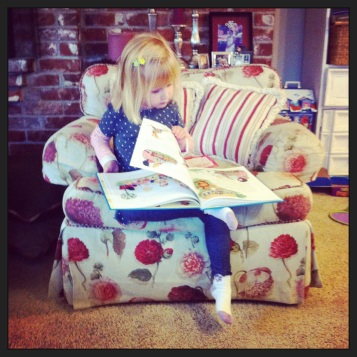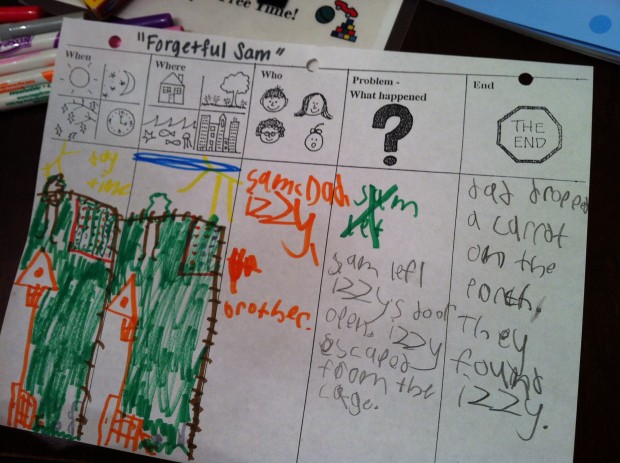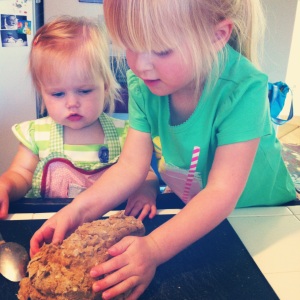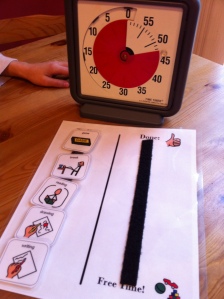Think of reading as a means to an end. It is just a way to absorb information. We want children to develop a love for reading by realizing there are imaginative worlds, far-off galaxies, crazy characters, and intriguing plotlines contained within those two hard covers. Reading is also our access to information. Without it, we cannot read our emails, read about the latest scientific discovery, or keep updated on the news in our town. But when your child comes off the starting line as a resistant, reluctant, or troubled reader, it can be like pulling teeth to improve this vital skill. For those children struggling with dyslexia and reading comprehension, it’s no wonder that reading is such a chore. It just isn’t fun! Reading is hard work from the start, so our job as parents and educators is to bring some fun back into the equation, teach in a relaxed and effective way, and show our children why working hard is the means to a wonderful end.
Here are some quick tips to encourage your reluctant reader at home:
1. Books on tape. Some kids need the auditory input to stay engaged. Use a book on tape and let them follow along with the story.
2. Keep reading aloud. Even if your child can read on their own, they still need time every day to just listen as you read. Pick a high-interest book with a great storyline and read it together. “Harry Potter”, Laura Ingalls Wilder books, “Ender’s Game”, “Ivy and Bean”… all of these stories can capture the imagination.
3. Switch off reading. You do a page, I’ll do a page. No pressure, you get a break while I read. I help you with a word if you are struggling too much.
4. Comic books, magazines, recipes, instructions on how to fix something… These all count as reading and may serve as a catalyst for encouraging your reluctant reader. I worked with a student who narrated out the instructions to his Star Wars Lego kit. He then read the instructions to his brother.
Mini-articles online about Minecraft (http://www.minecraftinfo.com/Articles.htm).
Pen pal letters to a cousin.
It doesn’t have to be Shakespeare, and we are encouraging reading for enjoyment.
5. Lastly, use music. Use the words to a favorite song, look up lyrics online, or create a rap about something your child enjoys doing. Music can bridge the phonological processing and fluency difficulties a child may have.






 After all, a child who self-advocates becomes a college student or young adult who can independently navigate the complexities of adult life. Just this morning I worked on my own self-advocacy (and self-control) skills calling Comcast for the 4th time in two weeks about incorrect billing charges! 😉
After all, a child who self-advocates becomes a college student or young adult who can independently navigate the complexities of adult life. Just this morning I worked on my own self-advocacy (and self-control) skills calling Comcast for the 4th time in two weeks about incorrect billing charges! 😉






















